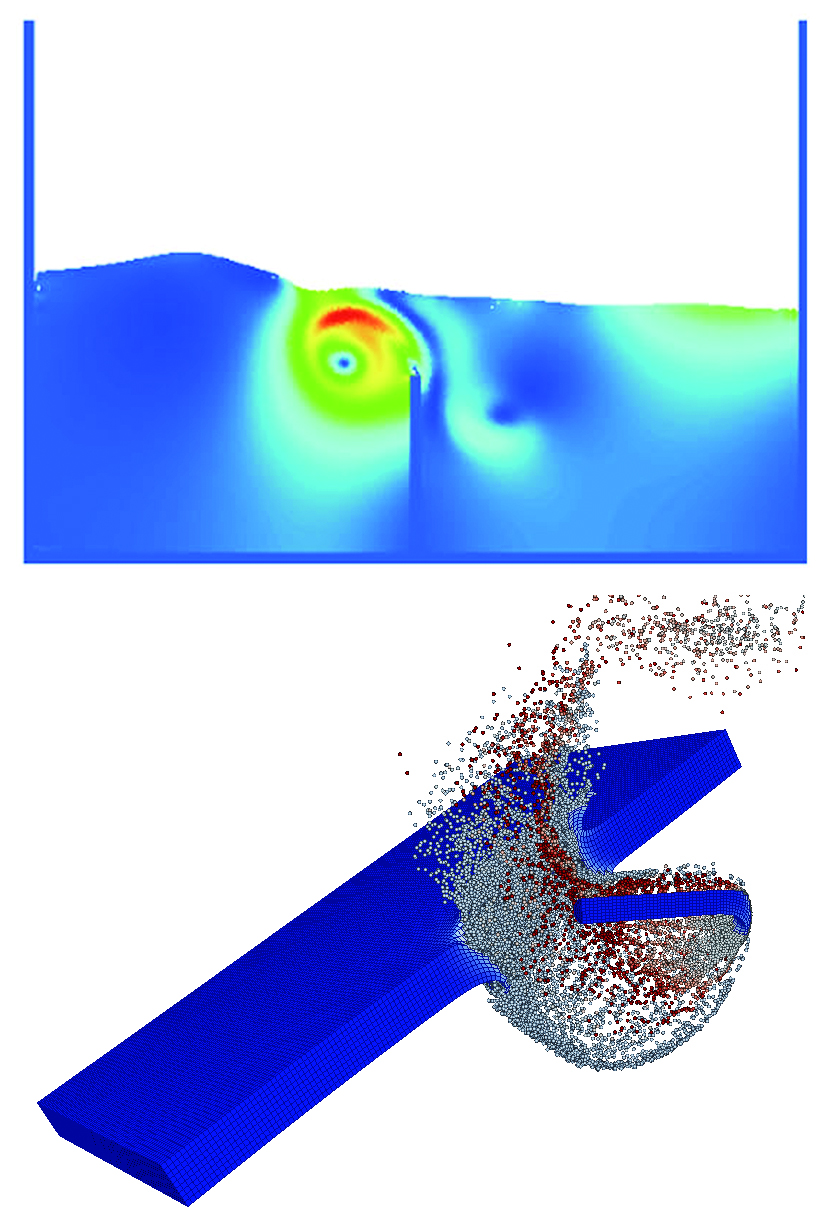The Institute of Dynamics and Control (IDC) consists of five laboratories: spacecraft dynamics and control, vibration and control, computational dynamics, vibration, and seismic exploration. The Institute focuses on the theoretical, numerical and experimental study of the key dynamical problems arising from aerospace, national defense and petroleum engineering, for example: deep space mission design, stability and control of non-Keplerian orbit, dynamics and control of large flexible spacecraft; rotational mechanism online diagnosis and monitoring; in-orbit identification of dynamic parameters of space station; dynamics and control of feed support system of large radio telescope (diameter of 500 meters); numerical methods including meshfree and particle methods, finite element methods (FEM) and extended FEM, and finite volume methods for multiscale, multiphase and multiple physics coupling behavior of materials and structures subject to strong impact loading (such as impact and explosion), strength and safety analysis for nuclear devices; elastic wave diffraction tomography, wavelet denoising, multi-wave and multi-component seismic exploration forecasting fractured hydrocarbon reservoirs, seismic analysis of dams, and related areas.

Modeling and analysis of typical problems under extreme loadings: sloshing problem simulated with incompressible material point method (upper subfigure) and penetration problem simulated with adaptive finite element material point method (lower subfigure)

Asteroid capture and defense: study the low-energy capture of asteroids in space near the Earth's orbit for the purpose of space resource exploitation (upper left and lower subfigures) and study the physical properties, structural evolution, and collisional disruption mechanism of hazardous asteroids (upper right and lower subfigures).

